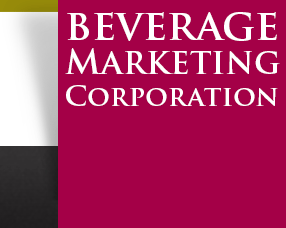For more information on
The Beverage Strategist™ subscriptions:
The Beverage Strategist™ delivers invaluable data-driven industry insights and analysis directly to your email in-box every two weeks in newsletter format.
Covering both alcohol and non-alcohol beverage categories, The Beverage Strategist™ provides you with the information and analysis you need to navigate the ever-changing beverage marketplace.
The publication is designed to let you quickly access key industry insights and provide you with data, forecasts and other information from BMC's DrinkTell™ database including brands to watch, new product launches, Wall Street analyst reports and much more. A one-year subscription to 24 issues is available for $995.
Access Your Free Copy HereSubscribe
